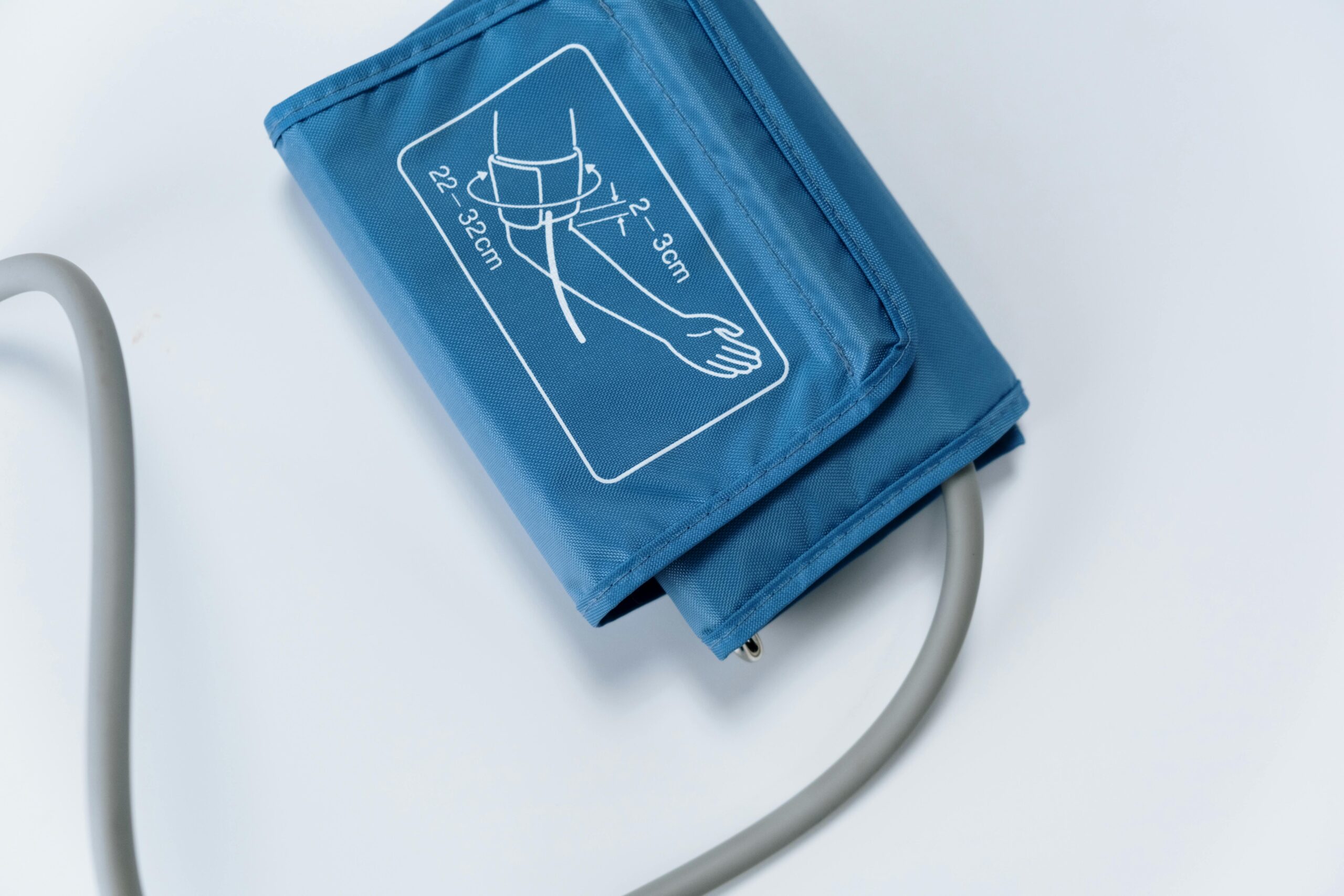High blood pressure, or hypertension, is often called a “silent killer” because it can lead to serious health issues without showing obvious symptoms. Effective management is essential to prevent complications like heart disease, stroke, and kidney damage. One of the primary methods for controlling high blood pressure is through medication.
This article provides an in-depth look at the main types of medications for high blood pressure, their mechanisms, benefits, side effects and considerations for use. Whether you’re newly diagnosed or looking to understand your treatment options better, this post aims to provide comprehensive, user-friendly information.
The 7 Main Types of Medications for High Blood Pressure
1. Diuretics
Description: Diuretics, commonly known as “water pills,” are often the first line of treatment for high blood pressure. They work by helping the kidneys remove excess sodium and water from the body.
How They Work: By reducing the volume of fluid in the bloodstream, diuretics decrease the pressure on the arterial walls.
Common Types:
- Hydrochlorothiazide: Often used for mild to moderate hypertension, this diuretic is usually taken once daily.
- Furosemide: Known as a “loop diuretic,” it’s effective for more severe cases and is typically used in conjunction with other medications.
Benefits:
- Effective in lowering blood pressure.
- Can also reduce fluid retention and swelling.
Potential Side Effects:
- Dizziness and dehydration: Due to increased urine output.
- Electrolyte imbalances: May lead to low potassium or sodium levels.
Monitoring: Regular blood tests may be needed to monitor electrolyte levels and kidney function.
2. ACE Inhibitors
Description: Angiotensin-Converting Enzyme (ACE) inhibitors are a class of medications that help relax blood vessels by blocking the production of angiotensin II, a hormone that narrows blood vessels.
How They Work: By inhibiting the enzyme responsible for converting angiotensin I into angiotensin II, these medications allow blood vessels to dilate, thus lowering blood pressure.
Common Types:
- Lisinopril: Widely prescribed for both hypertension and heart failure.
- Enalapril: Another popular option, particularly beneficial for patients with diabetes.
Benefits:
- Effective in reducing blood pressure and protecting kidney function.
- Helpful for patients with heart failure or diabetes.
Potential Side Effects:
- Persistent cough: Due to the buildup of bradykinin.
- Elevated potassium levels: Can affect heart rhythm.
Monitoring: Regular kidney function tests and potassium level checks are essential.
3. Beta-Blockers
Description: Beta-blockers work by blocking the effects of adrenaline (epinephrine) on the heart and blood vessels. This reduces heart rate and the force of contraction, leading to lower blood pressure.
How They Work: By interfering with the beta-adrenergic receptors in the heart, these drugs reduce the heart’s workload and lower blood pressure.
Common Types:
- Metoprolol: Commonly prescribed for hypertension and angina.
- Atenolol: Often used for high blood pressure and certain types of heart disease.
Benefits:
- Useful in managing both blood pressure and heart-related conditions.
- Can help prevent heart attacks and strokes.
Potential Side Effects:
- Fatigue and cold extremities: Common due to reduced heart rate.
- Depression and insomnia: May affect mood and sleep.
Monitoring: Regular heart rate checks and possible adjustments in dosage are necessary.
4. Calcium Channel Blockers
Description: These medications prevent calcium from entering the cells of the heart and blood vessels. By blocking calcium, they help relax blood vessels and reduce the heart’s workload.
How They Work: Calcium channel blockers dilate the arteries, allowing blood to flow more freely and reducing blood pressure.
Common Types:
- Amlodipine: Effective for long-term blood pressure management and angina.
- Diltiazem: Useful for controlling both blood pressure and heart rate.
Benefits:
- Effective in treating high blood pressure and angina.
- Can also help with irregular heart rhythms.
Potential Side Effects:
- Swelling in the ankles and feet.
- Headaches and dizziness: Common initial side effects.
Monitoring: Regular follow-ups to assess effectiveness and side effects.
5. Angiotensin II Receptor Blockers (ARBs)
Description: ARBs block the action of angiotensin II, a hormone that causes blood vessels to constrict. By inhibiting its action, these medications help lower blood pressure.
How They Work: ARBs prevent angiotensin II from binding to its receptors, resulting in relaxed blood vessels and lower blood pressure.
Common Types:
- Losartan: Often prescribed for hypertension and kidney protection in diabetes.
- Valsartan: Used for treating hypertension and heart failure.
Benefits:
- Effective in reducing blood pressure without causing a cough.
- Useful in protecting kidney function in diabetic patients.
Potential Side Effects:
- Dizziness and headaches: Generally mild and transient.
- Elevated blood potassium levels: Requires monitoring.
Monitoring: Regular checks on kidney function and potassium levels.
6. Renin Inhibitors
Description: Renin inhibitors work by blocking renin, an enzyme involved in the regulation of blood pressure. This results in lower blood pressure by preventing the formation of angiotensin I.
How They Work: By inhibiting renin, these medications reduce the production of angiotensin I, which subsequently lowers blood pressure.
Common Types:
- Aliskiren: The primary medication in this class, used for managing high blood pressure.
Benefits:
- Provides an alternative for patients who cannot tolerate ACE inhibitors or ARBs.
- Effective in reducing blood pressure.
Potential Side Effects:
- Diarrhea and rash: Common but usually manageable.
- Elevated potassium levels: Needs monitoring.
Monitoring: Regular follow-ups to monitor potassium levels and overall kidney function.
7. Alpha-Blockers
Description: Alpha-blockers work by blocking alpha-adrenergic receptors on blood vessels, which leads to relaxed blood vessels and lower blood pressure.
How They Work: By preventing norepinephrine from binding to these receptors, alpha-blockers help dilate blood vessels.
Common Types:
- Doxazosin: Used for both high blood pressure and symptoms of benign prostatic hyperplasia (BPH).
- Prazosin: Often used for treating hypertension and PTSD-related nightmares.
Benefits:
- Useful for patients with both hypertension and BPH.
- Can also aid in improving symptoms of certain conditions.
Potential Side Effects:
- Dizziness and orthostatic hypotension: Especially when standing up quickly.
- Headaches and fatigue: Common but typically improve over time.
Monitoring: Regular blood pressure checks and adjustments to dosage if necessary.
How to Choose the Right Medication

Selecting the right medication for high blood pressure involves a personalized approach based on individual health needs, medical history, and the specific characteristics of each drug. Here’s a step-by-step guide to help you make an informed decision:
1. Consult Your Doctor:
Discuss Symptoms and Medical History: Your healthcare provider will assess your overall health, existing conditions, and any other medications you’re currently taking.
Personalized Recommendations: Based on your health profile, your doctor will recommend a medication or combination of medications that best suit your needs.
2. Understand Medication Options:
Mechanism of Action: Learn how each medication works to understand its benefits and potential side effects.
Compare Benefits: Consider factors such as effectiveness in lowering blood pressure, additional health benefits, and how well it integrates with your lifestyle.
3. Consider Side Effects:
Evaluate Tolerability: Different people experience different side effects. Your doctor can help you weigh the benefits against potential adverse effects.
Monitor and Adjust: Regular follow-up appointments will help monitor your response to the medication and make adjustments if needed.
4. Lifestyle Integration:
Medication Adherence: Choose a medication regimen that fits with your daily routine to ensure you take it as prescribed.
Complementary Lifestyle Changes: Combine medication with healthy lifestyle choices such as diet and exercise for optimal results.
5. Lifestyle Tips for Managing Blood Pressure
Managing high blood pressure isn’t just about taking medication. Adopting a heart-healthy lifestyle can enhance the effectiveness of your treatment and improve overall well-being.
- 1. Diet:
Reduce Sodium Intake: Excess sodium can raise blood pressure. Aim for less than 2,300 mg of sodium per day, or ideally 1,500 mg if you have high blood pressure.
Eat More Fruits and Vegetables: A diet rich in potassium, magnesium, and fiber helps maintain healthy blood pressure levels. Consider the DASH (Dietary Approaches to Stop Hypertension) diet, which emphasizes these foods.
Limit Alcohol and Caffeine: Both can affect blood pressure. Drink alcohol in moderation and limit caffeine intake.
2. Exercise:
Aim for Regular Physical Activity: Engage in at least 150 minutes of moderate-intensity aerobic activity or 75 minutes of vigorous activity each week.
Incorporate Strength Training: Include muscle-strengthening activities on two or more days a week.
3. Stress Management:
Practice Relaxation Techniques: Stress can contribute to high blood pressure. Techniques such as deep breathing, meditation, and yoga can help manage stress levels.
Ensure Adequate Sleep: Poor sleep can negatively impact blood pressure. Aim for 7-9 hours of quality sleep each night.
4. Regular Monitoring:
Track Your Blood Pressure: Regular monitoring helps you and your doctor gauge the effectiveness of your treatment and make necessary adjustments.
Keep a Health Journal: Document your blood pressure readings, medication adherence, and any side effects or lifestyle changes.
Managing high blood pressure effectively requires a combination of the right medication and healthy lifestyle choices. Understanding your options and working closely with your healthcare provider will help you achieve the best possible results.
Thank you for reading this comprehensive guide. If you have any further questions or need personalized advice, don’t hesitate to reach out to your healthcare provider.



